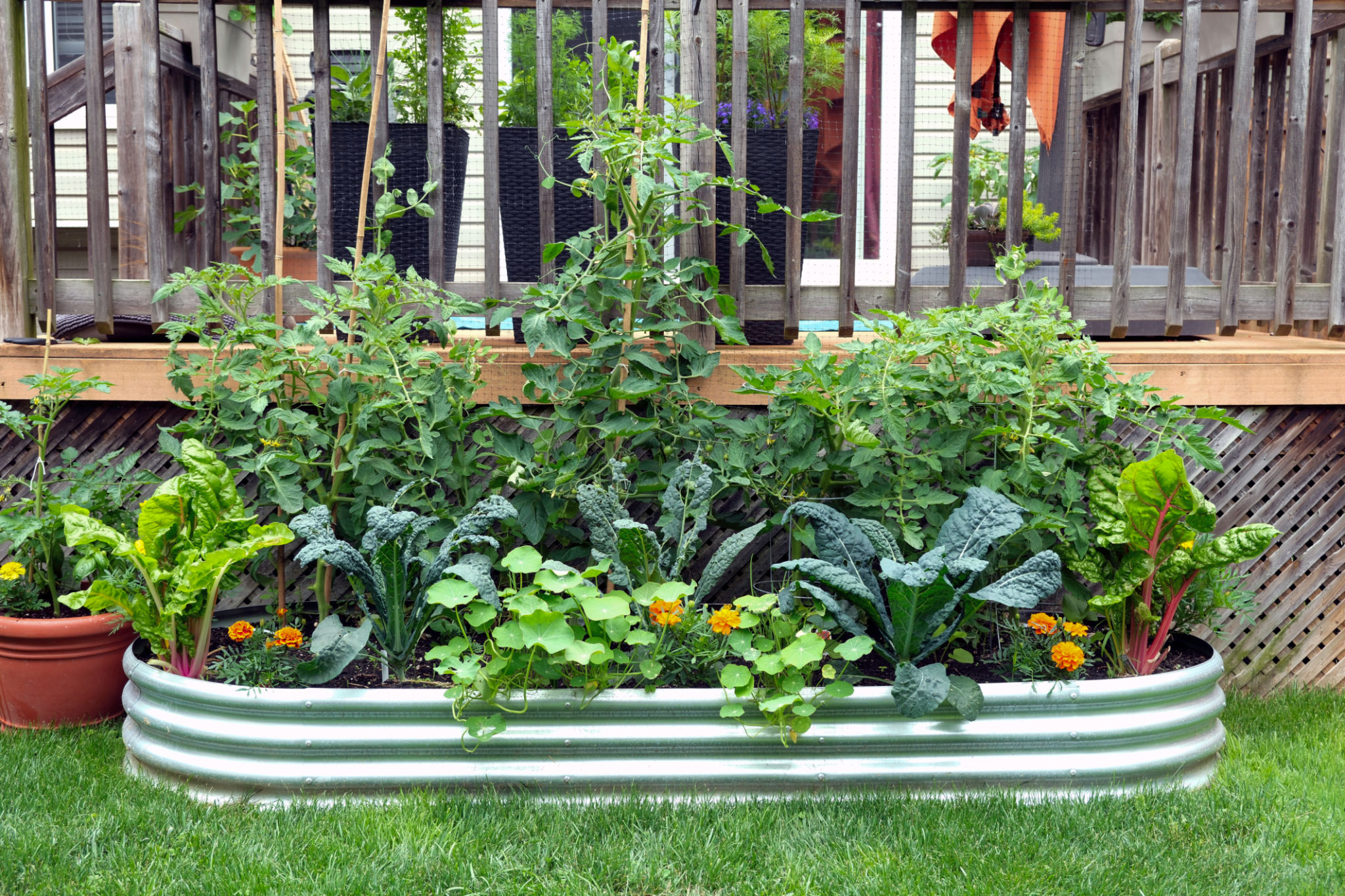Guide to Starting a School Gardening Program in Savannah
Introduction to School Gardening Programs
Starting a school gardening program in Savannah can be an enriching experience for students, teachers, and the community. Not only does it provide a hands-on learning opportunity, but it also fosters a connection with nature, encourages healthy eating habits, and teaches responsibility. In this guide, we'll walk you through the steps to establish a successful gardening program in your school.

Planning Your School Garden
The first step in starting a school garden is planning. Identify a suitable location within the school premises that receives ample sunlight, has access to water, and is safe for students. Involve students and teachers in the planning process to build enthusiasm and gather diverse ideas.
Setting Goals and Objectives
Define clear goals and objectives for the garden program. Consider whether the focus will be on education, nutrition, environmental stewardship, or a combination of these. Establishing specific goals will guide decision-making and help measure success over time.
Involving the Community
Engaging the community is crucial for the sustainability of the school garden. Reach out to parents, local businesses, and gardening clubs for support and resources. Hosting community meetings or information sessions can be an effective way to drum up interest and gather volunteers.

Securing Funding and Resources
Funding is an important aspect of starting a school garden. Explore grants specifically aimed at educational gardens or environmental programs. Additionally, consider organizing fundraisers or partnerships with local businesses to gather necessary resources such as seeds, tools, and soil.
Designing the Garden
Once you have secured resources, it's time to design the garden layout. Decide on the type of garden that suits your space and objectives—whether it's raised beds, container gardens, or a traditional in-ground garden. Incorporate pathways for accessibility and plan for seating areas where lessons can take place.
Choosing Plants
Select plants that are suitable for Savannah's climate. Opt for a mix of fast-growing vegetables, herbs, and flowers to maintain student interest throughout the growing season. Consider plants that will be ready to harvest during the school year to maximize educational opportunities.

Integrating Curriculum and Activities
A school garden is a versatile teaching tool that can be integrated into various subjects such as science, math, art, and social studies. Plan activities and lessons that align with your curriculum to provide a practical application of classroom knowledge.
Maintaining the Garden
Regular maintenance is key to a thriving school garden. Create a schedule involving students, teachers, and volunteers to ensure the garden is weeded, watered, and cared for regularly. Assigning specific tasks can help teach responsibility and teamwork.
Celebrating Success
Finally, don't forget to celebrate the achievements of your school gardening program! Host events like harvest festivals or garden tours to showcase the hard work of students and volunteers. Sharing the produce with the school cafeteria can also highlight the fruits of everyone's labor.
By following these steps, you can establish a flourishing school gardening program in Savannah that promotes education, community involvement, and environmental awareness. Happy gardening!